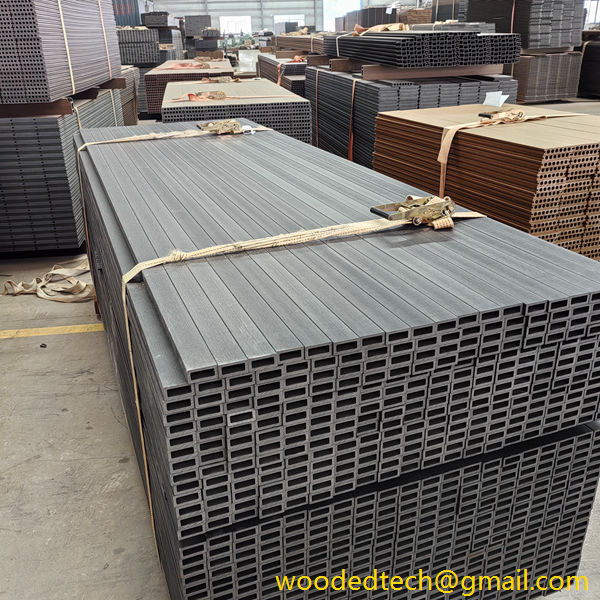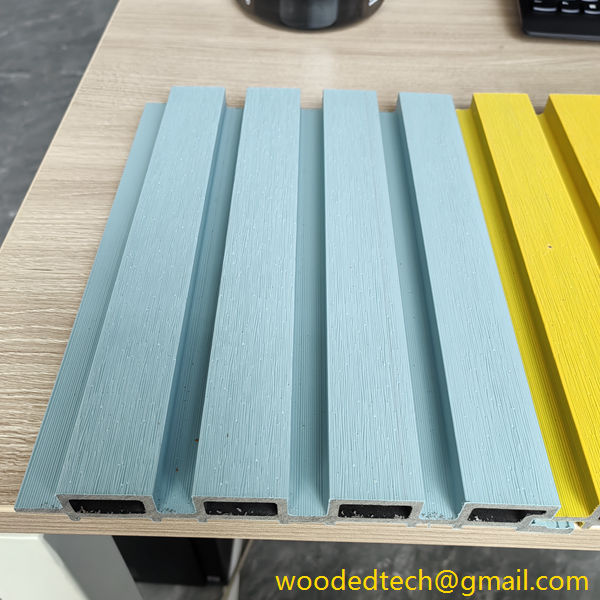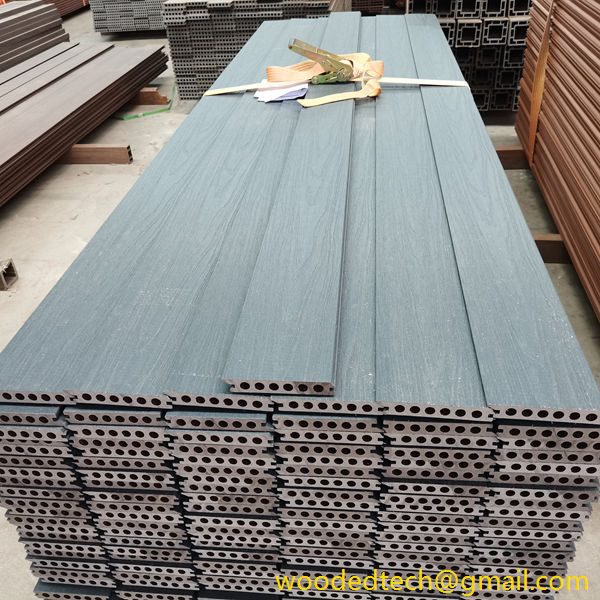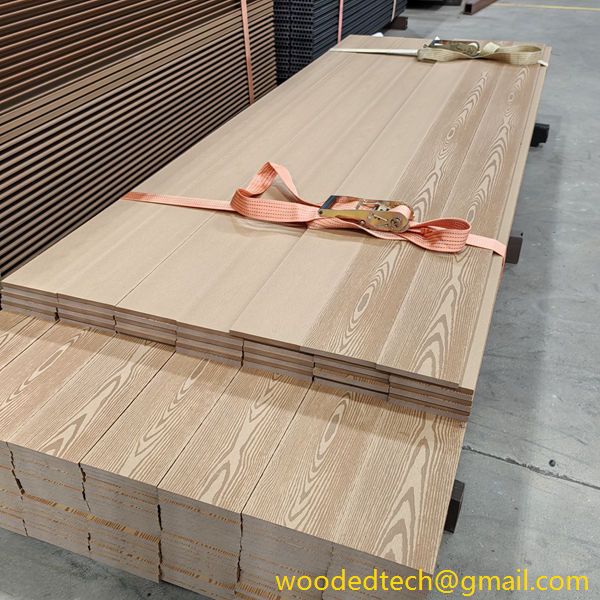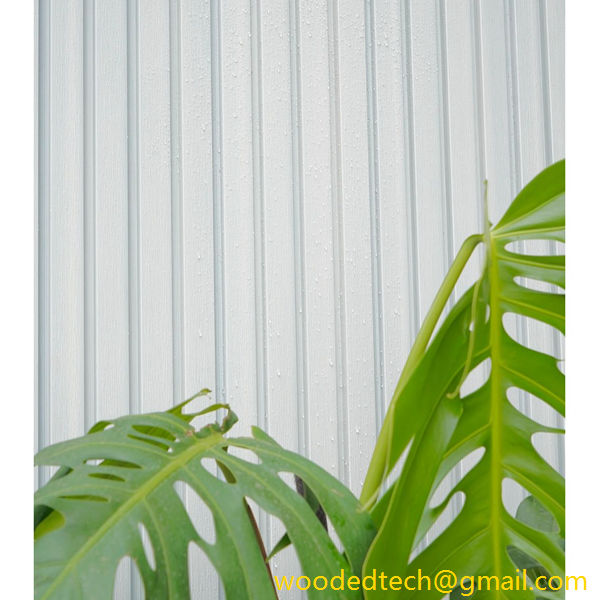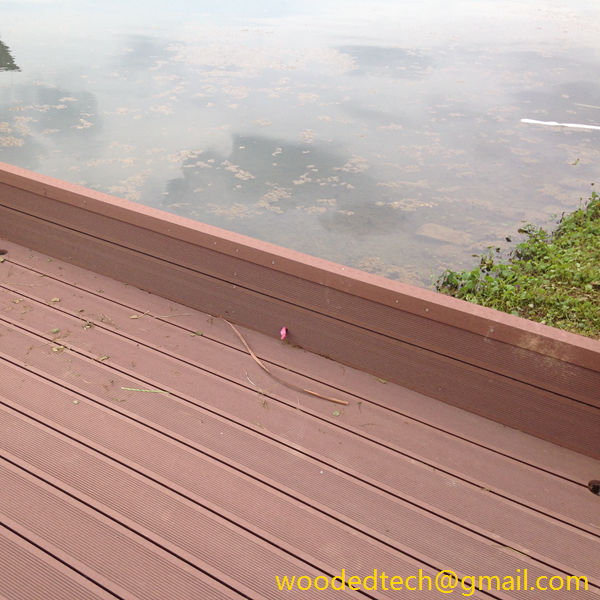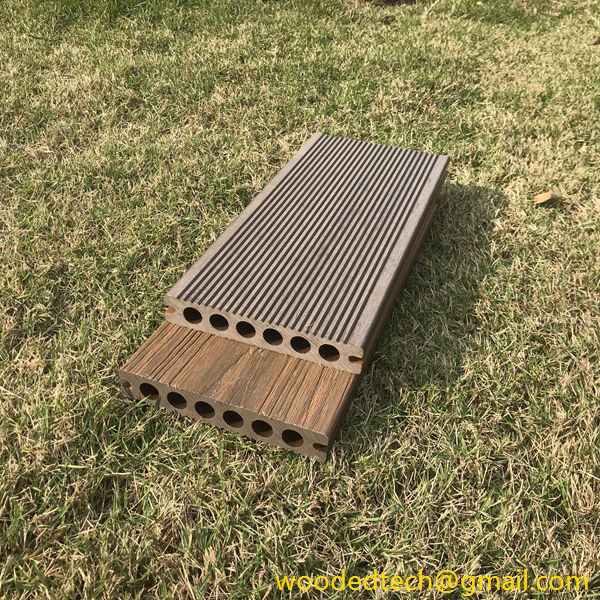Use of WPC Wall Panel: Practical Applications of WPC Wall Panels in Design
Use of WPC Wall Panel: Practical Applications of WPC Wall Panels in Design In the ever-evolving world of interior and exterior design, the quest for materials that are both aesthetically pleasing and environmentally friendly has led to the emergence of Wood Plastic Composite (WPC) wall panels. WPC wall panels are increasingly gaining traction due to…
Use of WPC Wall Panel: Practical Applications of WPC Wall Panels in Design
In the ever-evolving world of interior and exterior design, the quest for materials that are both aesthetically pleasing and environmentally friendly has led to the emergence of Wood Plastic Composite (WPC) wall panels. WPC wall panels are increasingly gaining traction due to their remarkable versatility, durability, and ease of installation. This innovative material combines the best properties of wood and plastic, making it suitable for a wide range of applications. In this article, we will delve into the practical applications of WPC wall panels in design, emphasizing their ease of installation and the myriad benefits they offer.
WPC wall panels are composed of a mixture of wood fibers and plastic, which results in a product that mimics the appearance of wood while providing enhanced durability and resistance to moisture and pests. This unique composition makes WPC panels an ideal choice for both indoor and outdoor applications. One of the most significant advantages of WPC wall panels is their straightforward installation process. Unlike traditional wood panels, which often require extensive preparation, cutting, and finishing, WPC panels can be installed quickly and efficiently. This ease of installation not only saves time but also reduces labor costs, making WPC panels an attractive option for both DIY enthusiasts and professional contractors.
One of the most common applications of WPC wall panels is in residential spaces. Homeowners are increasingly opting for these panels to enhance the aesthetic appeal of their interiors. Whether used in living rooms, bedrooms, or hallways, WPC wall panels can transform a dull space into a vibrant and inviting environment. The panels are available in a wide range of colors, textures, and finishes, allowing homeowners to choose designs that complement their existing decor. Furthermore, the lightweight nature of WPC panels means that they can be easily handled and installed, even in spaces where traditional materials may be cumbersome.
In addition to residential applications, WPC wall panels are gaining popularity in commercial settings. Businesses are recognizing the potential of these panels to create visually appealing environments while also providing practical benefits. For instance, restaurants, hotels, and retail spaces can use WPC wall panels to create unique feature walls that captivate customers. The panels can be customized to reflect the brand’s identity, making them an effective marketing tool. Furthermore, the ease of installation allows businesses to update their interiors quickly and with minimal disruption to daily operations.
Another practical application of WPC wall panels is in outdoor settings. Homeowners and landscape designers are utilizing these panels to create stunning outdoor living spaces. WPC wall panels are perfect for constructing garden walls, privacy screens, and even outdoor kitchens. Their resistance to moisture and pests ensures that they will maintain their appearance and structural integrity over time, even when exposed to the elements. The easy installation process is particularly advantageous for outdoor projects, as it allows for quick setup and immediate enjoyment of the space.
WPC wall panels are also being embraced in the realm of sustainable design. As more individuals and businesses prioritize eco-friendly materials, WPC panels offer an attractive alternative to traditional wood products. The use of recycled materials in their production aligns with the growing demand for sustainable building practices. Additionally, WPC panels do not require the same level of maintenance as wood, which often necessitates regular sealing, staining, or painting to preserve its appearance. This lower maintenance requirement not only saves time but also reduces the environmental impact associated with frequent upkeep.
One of the notable benefits of WPC wall panels is their versatility in design. They can be used to create a wide variety of styles, from modern to rustic. This adaptability is particularly appealing to designers and architects who seek to push the boundaries of traditional design. WPC panels can be easily cut and shaped, allowing for creative installations that can serve as focal points within a space. Whether used in a contemporary office setting or a cozy home, WPC wall panels can be tailored to suit any design vision.
WPC wall panels also contribute to improved acoustic performance in spaces. In settings such as offices, conference rooms, or restaurants, sound absorption is crucial for creating a comfortable atmosphere. The composition of WPC panels helps to dampen sound, making them an excellent choice for environments where noise control is a priority. This added benefit enhances the overall functionality of the space while maintaining an aesthetically pleasing design.
In conclusion, the use of WPC wall panels in design offers a multitude of practical applications that cater to both residential and commercial needs. Their ease of installation stands out as one of their most significant advantages, allowing for quick transformations in a variety of settings. As sustainability becomes increasingly important, WPC panels provide an eco-friendly alternative that does not compromise on style or durability. With their versatility in design and functional benefits, WPC wall panels are poised to become a staple in modern architecture and interior design. Whether for a home renovation or a commercial project, WPC wall panels offer a practical solution that meets the demands of contemporary design while simplifying the installation process.


